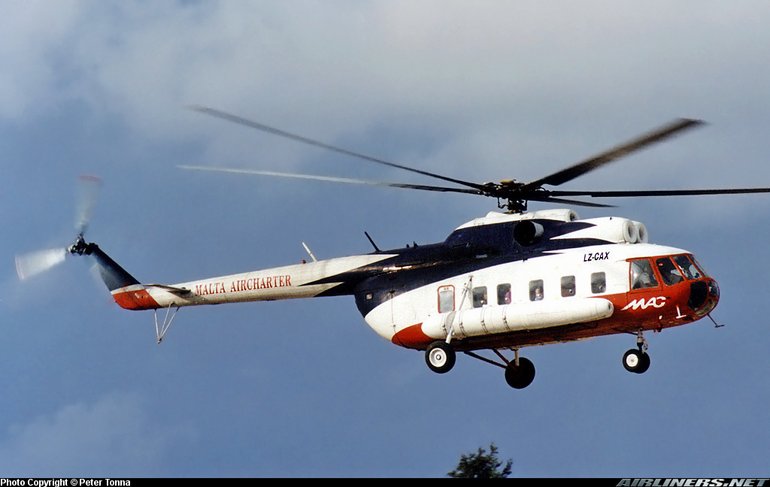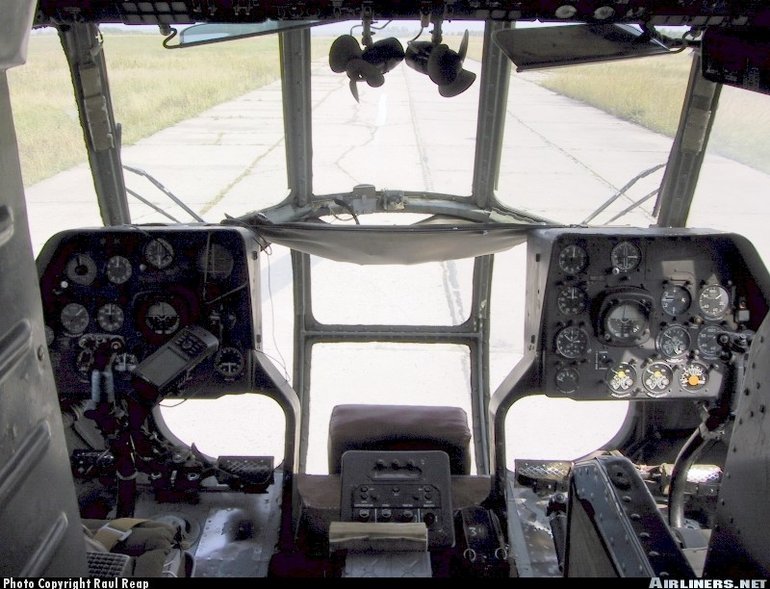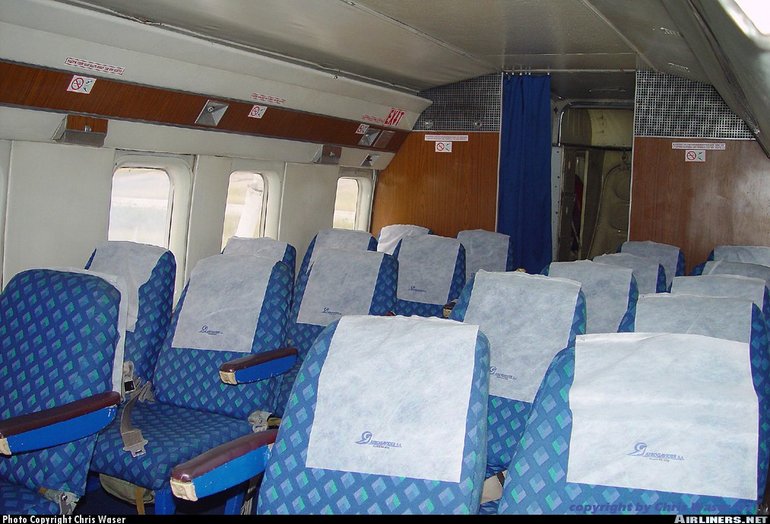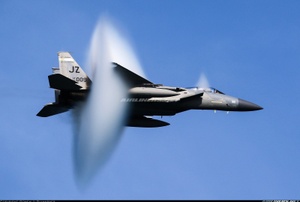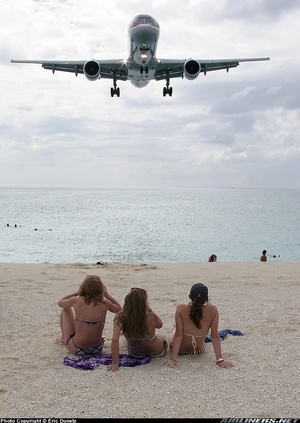Mil Mi-8/17
Details
Country of Origin
Russia
Type
Medium lift utility helicopters
History
Built in greater numbers than any other Russian helicopter, the Mi-8/Mi-17 series (NATO codename "Hip") was designed primarily as a military transport, but is also in widespread civil use.
The Mi-8 was designed as a replacement for the piston engined Mi-4, with design work beginning in May 1960. First flight of the prototype (powered by a single Soloviev turboshaft driving a four blade main rotor) occurred in June 1961, while a production standard Mi-8 flew in August 1962 and production began shortly afterwards. Versions of the Mi-8 built for civil use have square windows and include the Mi-8P passenger version, Mi-8T utility transport, Mi-8TM upgraded passenger transport with weather radar and Mi-8S Salon executive transport.
Production of the Mi-8 ceased in favour of the re-engined Mi-17, which was first publicly revealed to the west at the 1981 Paris Airshow. The Mi-17 introduced TV3 turboshafts and the tail rotor was relocated to the port side of the tailboom. Civil versions include the base Mi-17, and the essentially similar Mi-17-1 and Mi-17M, which both feature more powerful TV3-117VM turboshafts, and are built by Ulan Ude Aviation and Kazan Helicopters respectively. Both have been actively marketed in the west.
The Kazan/Mil developed Mi-17KF Kittiwake is designed to meet western certification standards and features an EFIS instrument panel with colour displays, designed and integrated by Kelowna Flightcraft in Canada, rounded "dolphin" nose with space for radar, and a rear loading ramp in place of the clamshell doors. The latter two features are also incorporated on the Kazan/Mil Mi-17MD and Mi-17N.
Powerplants
Mi-8T - Two 1250kW (1677shp) Klimov (Isotov) TV2-117AG turboshafts driving a five blade main rotor and three blade tail rotor.
Mi-17-1 - Two 1545kW (2070shp) TV3-117VM.
Performance
Mi-8T - Max speed 250km/h (135kt), max cruising speed 225km/h (121kt). Service ceiling 14,765ft. Hovering ceiling in ground effect 5905ft, out of ground effect 2785ft. Range with standard fuel 570km (307nm), with auxiliary fuel 985km (531nm).
Mi-17-1 - Max speed 250km/h (135kt), max cruising speed 230km/h (124kt). Service ceiling 18,700ft. Hovering ceiling out of ground effect 13,055ft. Range with standard fuel 570km (307nm), range with two auxiliary tanks 1065km (575nm).
Weights
Mi-8T - Empty 7149kg (15,760lb), max takeoff (for vertical takeoff) 12,000kg (26,455lb).
Mi-17-1 - Empty equipped 7055kg (15,555lb), max takeoff 13,000kg (28,660lb).
Dimensions
Mi-8T - Main rotor diameter 21.29m (69ft 10in), length overall 25.24m (82ft 10in), fuselage length 18.17m (59ft 8in), height 5.54m (18ft 2in). Main rotor disc area 356.0m2 (3932sq ft). Mi-17-1 - Same except for length overall 25.35m (83ft 2in), fuselage length 18.42m (60ft 6in).
Capacity
Flightcrew of two, with provision for flight engineer. Primarily used for freight transport, internal and/or with external sling loads. Can carry up to 32 passengers in Mi-8, or 24 in Mi-8T. Mi-8 Salon executive version seats 11 passengers. As air ambulance can accommodate 12 stretchers.
Production
Over 12,000 Mi-8s and Mi-17s built, but majority for military service.
Related Links
Mil Mi-8/17
The backbone of this section is from the The
International Directory of Civil Aircraft by Gerard Frawley
and used with permission. To get your own copy of the book
click here.
